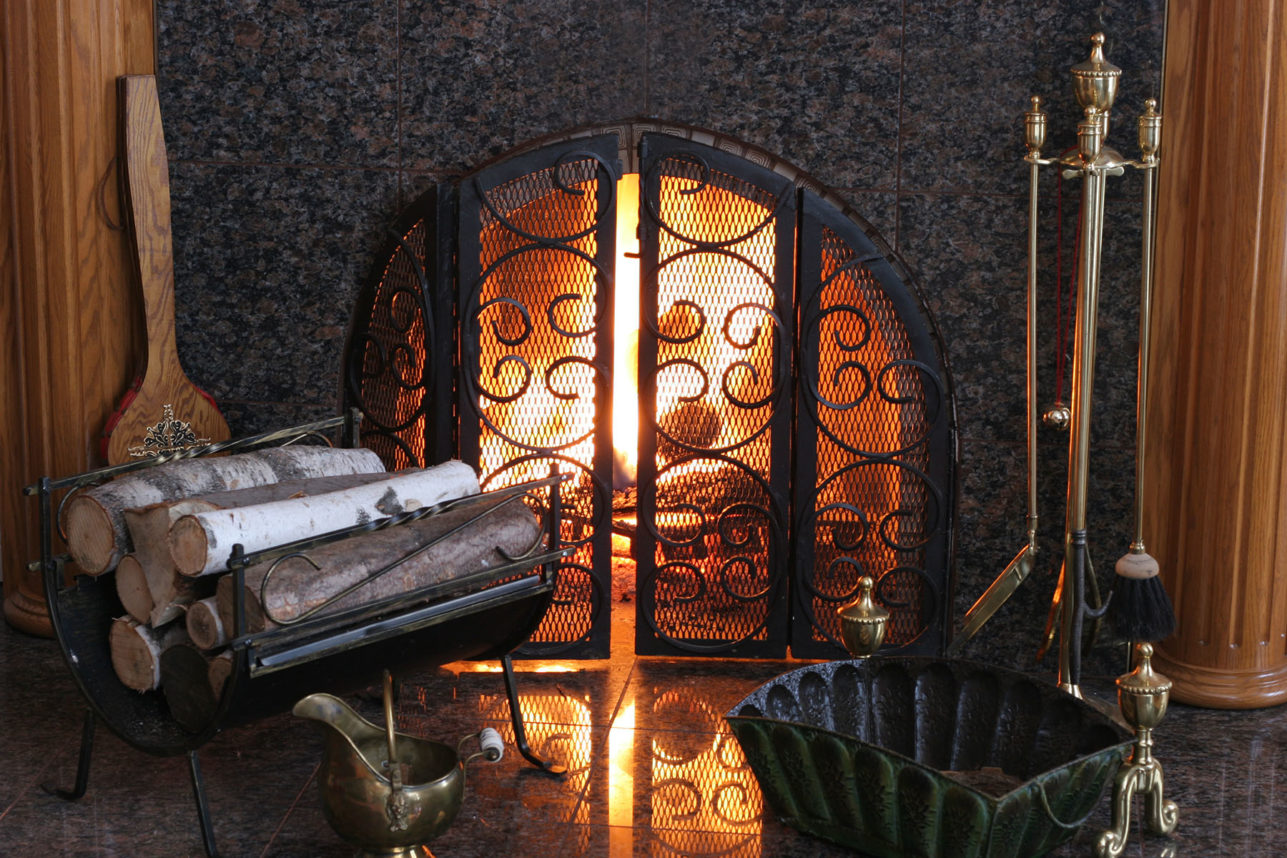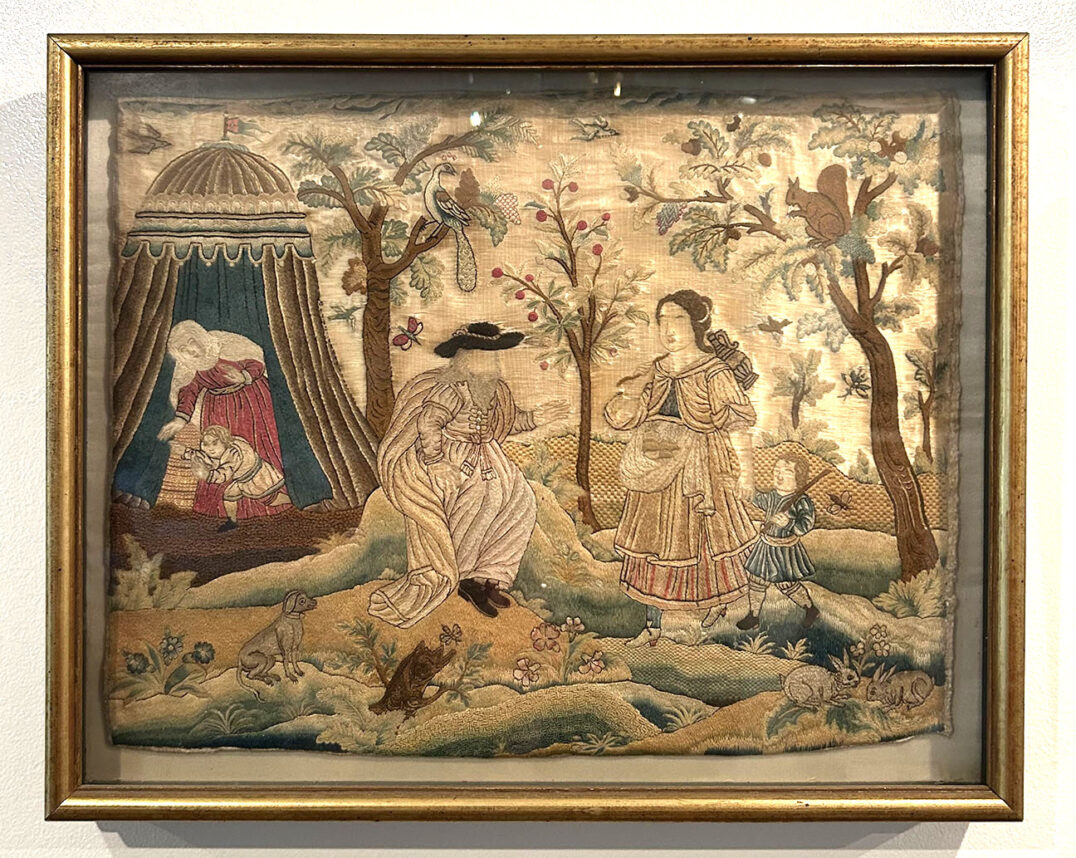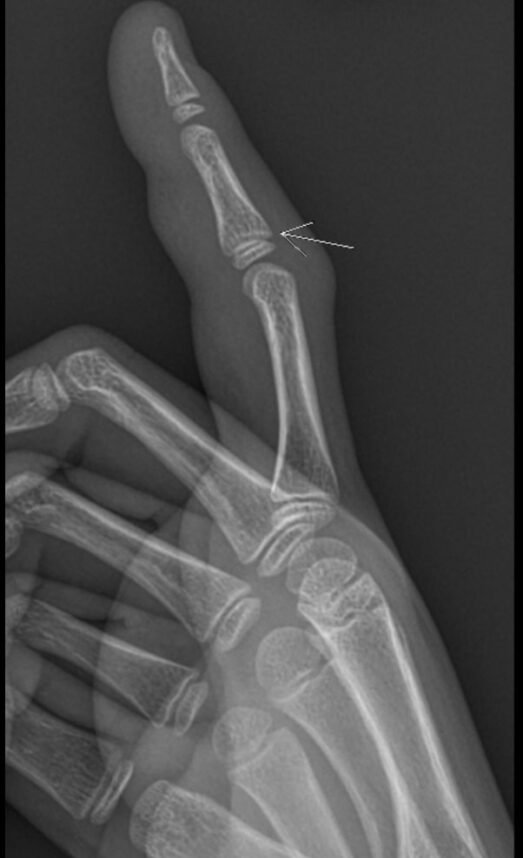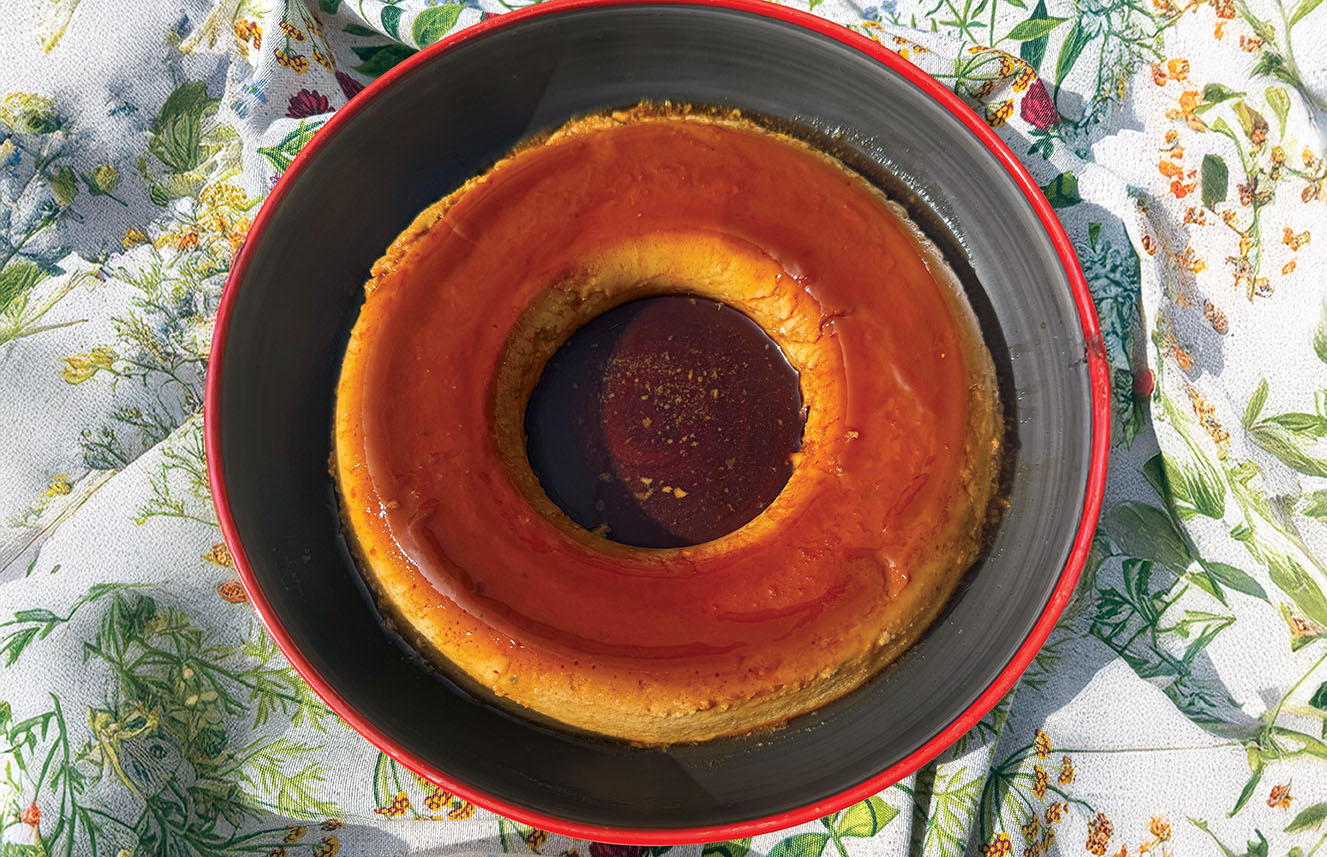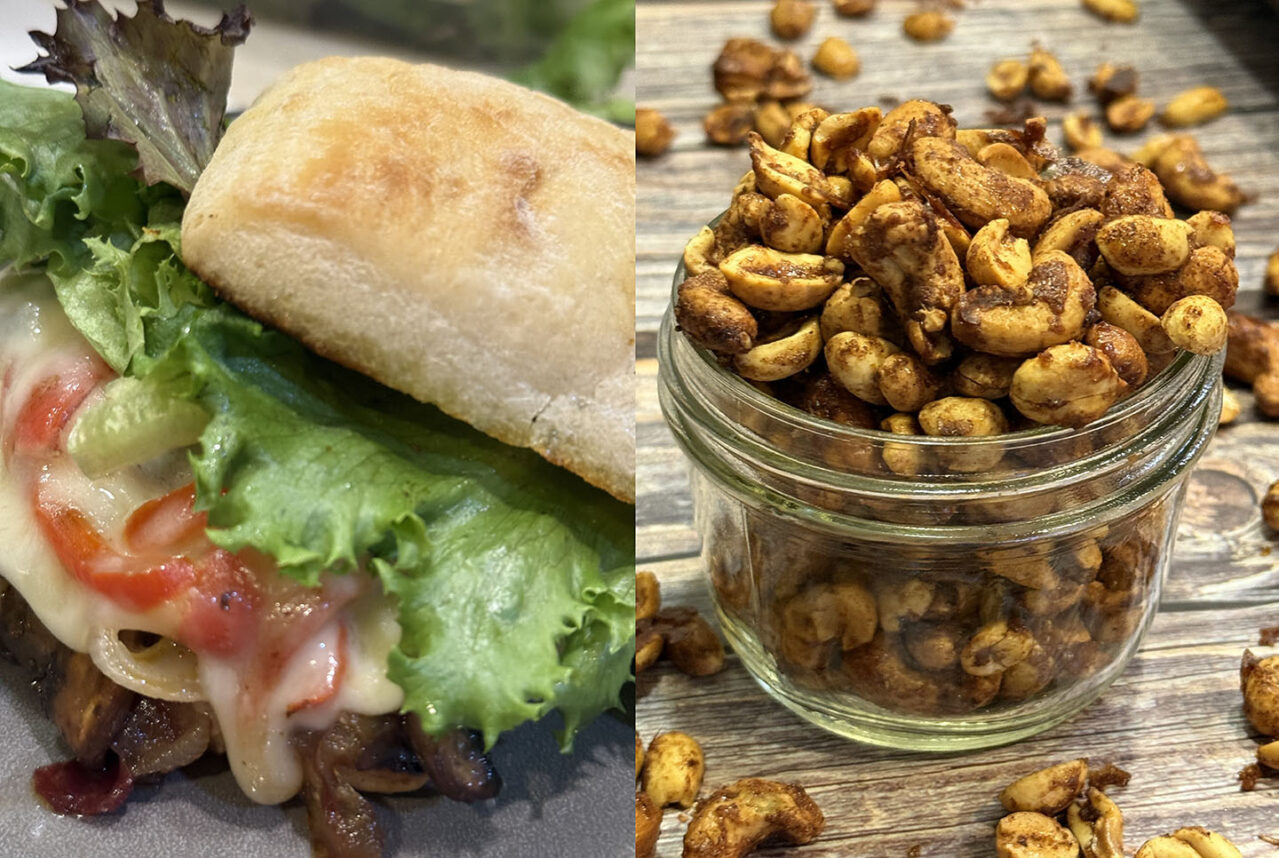
A crisp bite of Moroccan galette with a steaming cup of fresh mint tea: This is the definition of a simple pleasure, a pick me up, an exercise in mindfulness, a meditative ritual.
A staple of the North African kitchen, “tortitas” as the Spanish Moroccans affectionately call them, are thin, airy, crunchy cookies. A Moroccan host or hostess always has them on hand to serve to visitors with a steaming pot of tea with bright green spearmint leaves of “nana.”
Flavored with an intoxicating dose of arak or anise extract and fennel and sesame seeds, this recipe has been passed down through Rachel’s family from great-grandmothers to granddaughters.
“My mother is blessed with much patience and she used a hand-cranked pasta maker to roll out a thin dough. Her cookies were airy and delicate. I am less patient, so I use a rolling pin to flatten the dough on my counter.
“Occasionally, I will pull out the pasta maker to make a savory version. I omit the sugar and the anise extract and add a teaspoon of salt.
“In yet a different version, I add a cup of freshly squeezed orange juice and an extra cup of flour to the recipe. This results in a softer, chewier cookie.
“Whichever way I make them, I’m thrilled to serve them to my family. They are my father’s favorite and he always loved them with his coffee. He had to give up his coffee but the tortitas stayed.
“I have an antique tool that my mother brought with her from Morocco. A wheel with sharp spikes, you roll it over the dough to pierce it with little slits to ensure that the dough is crispy and baked through. It also creates a pretty design. If you don’t have one, a fork works equally well.”
This centuries-old recipe has become a bit of a lost art, however, there are some women who still bake them. At the opening night of the Sephardic Educational Center’s biannual Sephardic Film Festival, we sell traditional Sephardic baked goods prepared by the women of the Los Angeles Sephardic community. The galettes baked by Therese Chriqui prove that her hands are blessed: Her thin-as-paper, crispy, delicious cookies are always the first to sell out.
Tortitas are traditionally eaten with tea to break the Yom Kippur fast. At this time when we begin to plan our holiday menus, we hope you are inspired to bake these subtly sweet and aromatic treats for your family and friends.

TORTITAS
6 eggs
1 cup sugar
1 cup oil
2 teaspoons anise extract or 2 tablespoons arak liquor (optional)
1-2 tablespoons anise/fennel seed, to taste
2 tablespoons toasted sesame seeds
2 teaspoons baking powder
4 cups flour
In large bowl on stand-up mixer, mix eggs, sugar and oil until well blended.
Add the anise extract (or arak liquor), seeds and baking powder and mix.
While mixing, add flour one cup at a time and continue to mix.
Mix dough until it comes together and forms a ball.
Let dough rest for 10 minutes.
Preheat oven to 350 F.
Divide dough in tennis ball-size pieces.
Roll out dough as thinly as possible. If using pasta maker, use lasagna setting.
Pierce dough with fork or decorating tool.
Cut into squares or use cookie cutter or drinking glass and cut into circles.
Bake on parchment paper-lined cookie sheet for 15 minutes until golden.
Let cool for several hours until they’re crunchy.
Makes 40 to 50 cookies.
Rachel Sheff and Sharon Gomperts will answer cooking questions on Instagram at SephardicSpiceGirls or on Facebook at Sephardic Spice SEC Food. They have collaborated on Sephardic Educational Center projects and community cooking classes.






